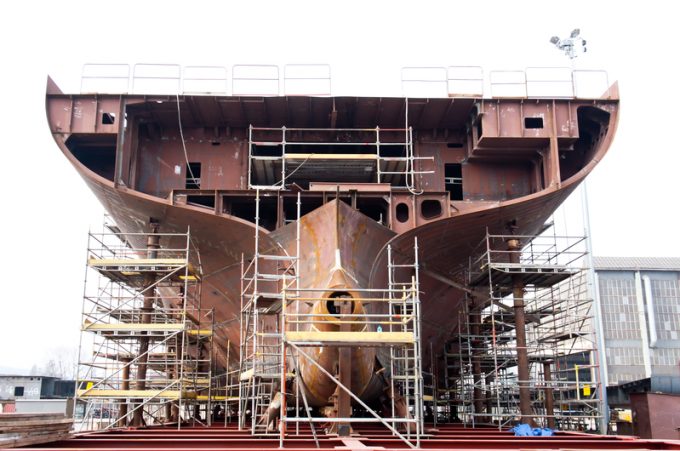USTR revises proposals for port fees for Chinese car-carrier and LNG vessels
The US Trade Representative (USTR) has again revised its proposals for the new fee structure ...

A slowdown in global manufacturing and the world’s economy will hobble container shipping’s growth prospects at the same time as ship sizes continue to increase, according to new industry reports from shipping association Bimco.
“Global economic growth continues to slow with recession warnings sounding in many ...

Comment on this article